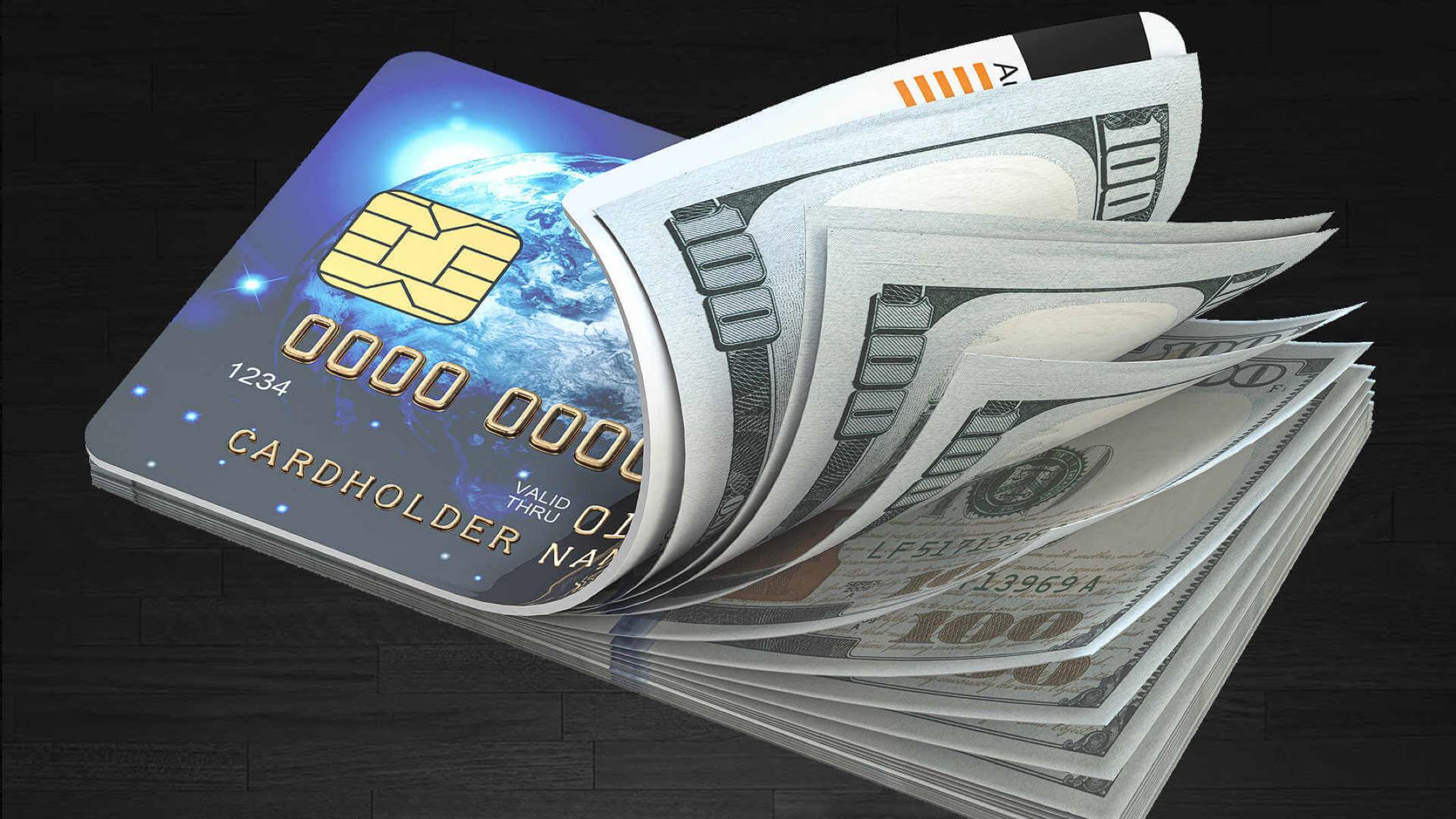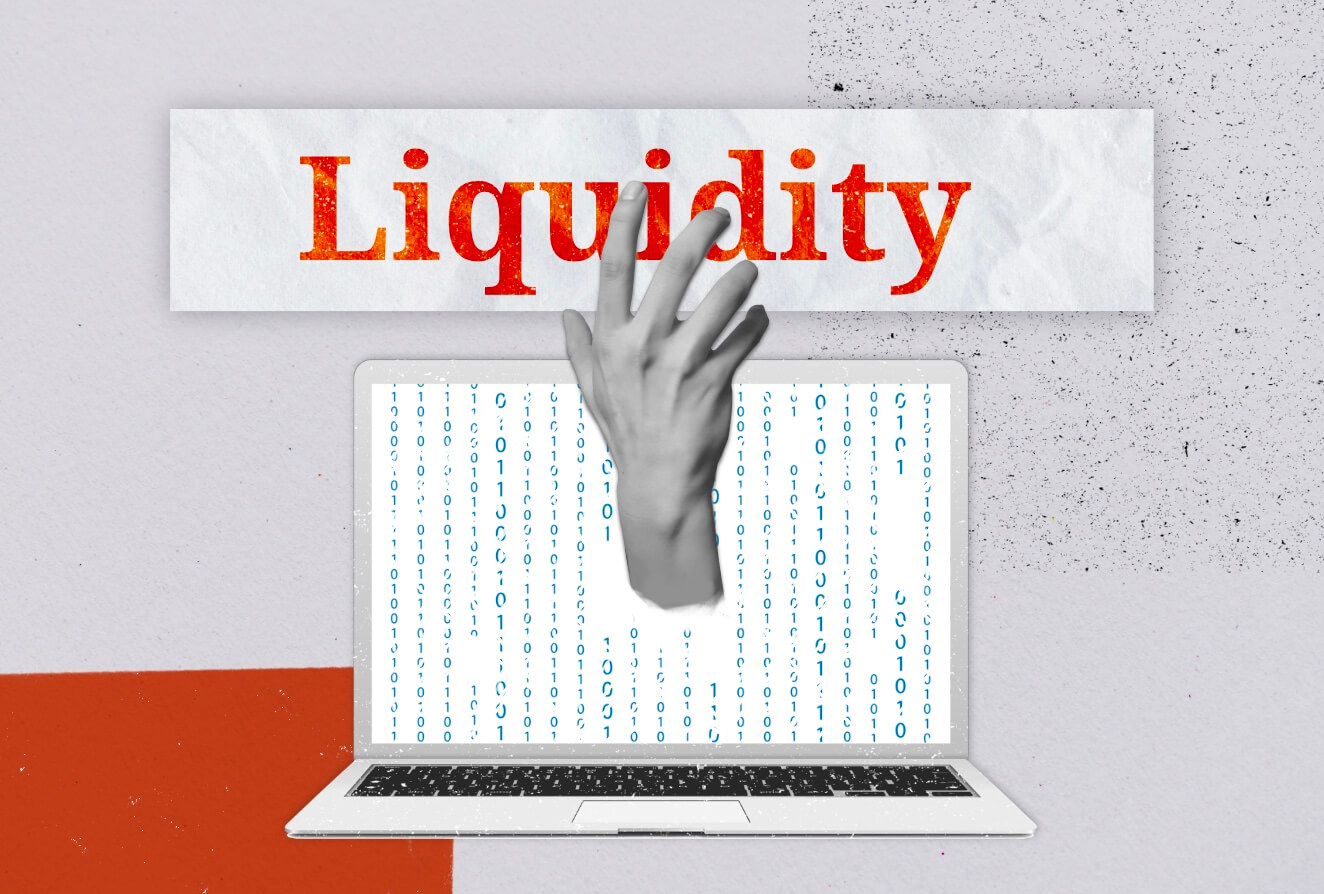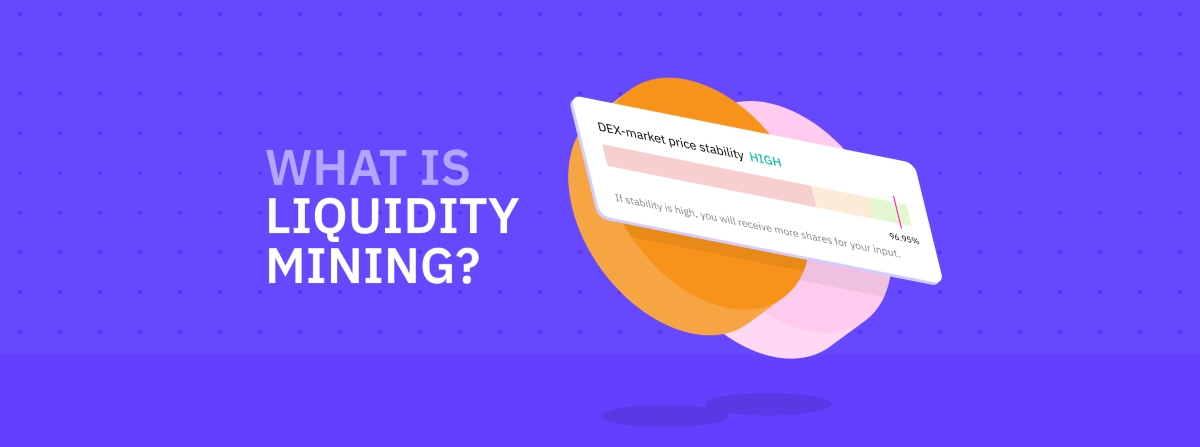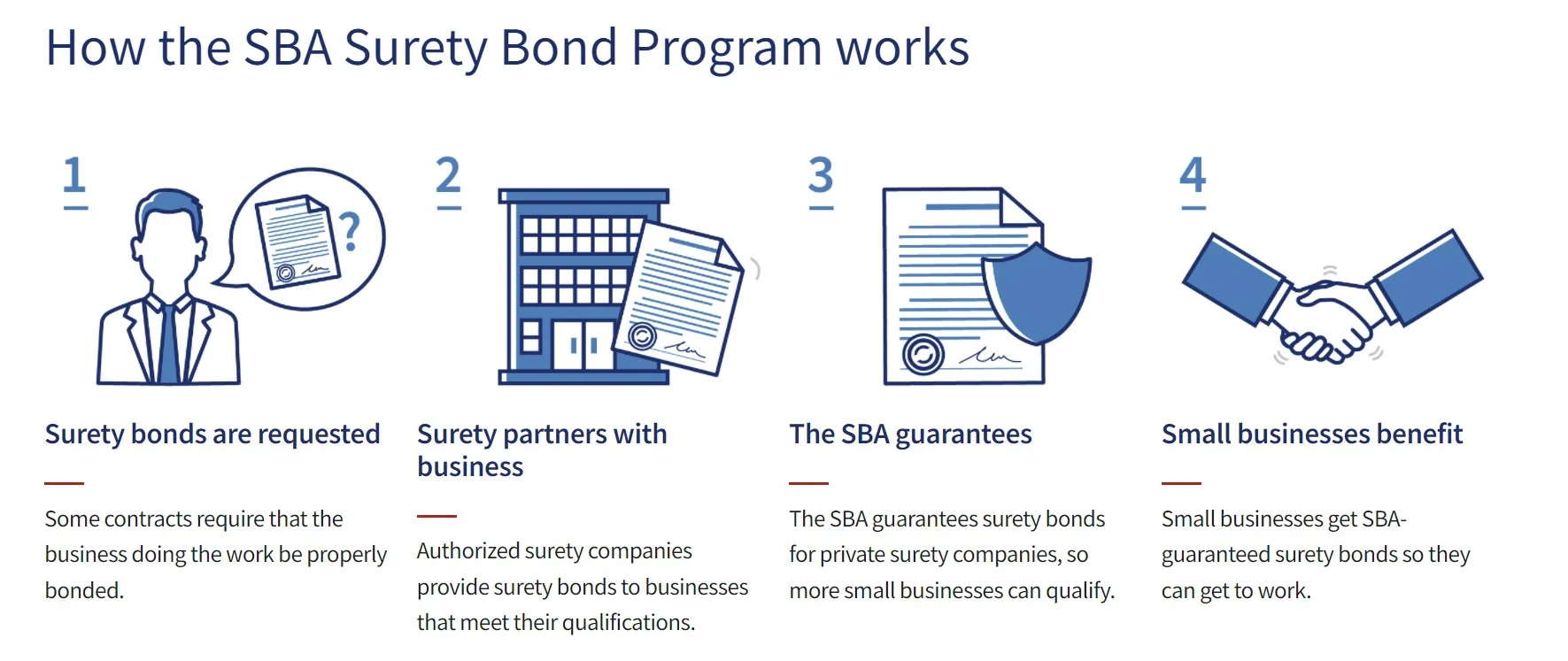

Finance
How To Liquidate A Credit Card
Published: October 23, 2023
Learn the best strategies to liquidate your credit card and manage your finances effectively. Find expert tips and advice on how to handle credit card debt and improve your financial situation.
(Many of the links in this article redirect to a specific reviewed product. Your purchase of these products through affiliate links helps to generate commission for LiveWell, at no extra cost. Learn more)
Table of Contents
- Introduction
- Understanding Credit Card Liquidation
- Step 1: Assess Your Credit Card Debt
- Step 2: Create a Budget and Financial Plan
- Step 3: Explore Balance Transfer Options
- Step 4: Utilize Debt Consolidation Loans
- Step 5: Negotiate with Credit Card Companies
- Step 6: Consider Credit Card Settlement
- Step 7: Explore Bankruptcy as a Last Resort
- Step 8: Monitor Your Credit and Rebuilding Process
- Conclusion
Introduction
In today’s world, credit cards have become a common and convenient tool for making purchases and managing our finances. However, if not used responsibly, credit card debt can quickly accumulate and become overwhelming. At some point, you may find yourself in a position where you need to liquidate or get rid of credit card debt.
Credit card liquidation refers to the process of paying off or settling your credit card debt. It’s a crucial step towards regaining control of your financial situation and achieving peace of mind. While it may seem daunting, with careful planning and the right strategies, you can successfully eliminate your credit card debt and move towards a stronger financial future.
Throughout this article, we will guide you through the steps necessary to effectively liquidate your credit card debt. From assessing your current debt to exploring various options such as balance transfers, debt consolidation, negotiation, and even bankruptcy, we will provide you with the information you need to make informed decisions.
It’s important to note that credit card liquidation is not a one-size-fits-all approach. The best strategy for you will depend on various factors such as the amount of debt, your financial situation, and your long-term goals. It may take time and effort, but by taking proactive steps towards eliminating your credit card debt, you can regain control over your finances and pave the way for a more secure financial future.
Understanding Credit Card Liquidation
Before diving into the process of credit card liquidation, it’s important to have a clear understanding of what it entails. Credit card liquidation involves taking the necessary steps to pay off or settle your credit card debt. It is a proactive approach to regain financial control and improve your overall creditworthiness.
When you have credit card debt, it’s not just the outstanding balance on your card that you need to consider. High interest rates and late payment fees can quickly accumulate, making it difficult to pay off your debt in a timely manner. Credit card liquidation aims to reduce or eliminate these extra charges and help you become debt-free.
There are several options available for credit card liquidation, and the right approach for you will depend on your individual circumstances and financial goals. These options can include balance transfers, debt consolidation loans, negotiation with credit card companies, credit card settlement, and even bankruptcy as a last resort.
It’s essential to remember that credit card liquidation is not a quick fix. It requires discipline, commitment, and a proactive approach towards managing your debt and finances. By understanding the process and exploring the available options, you can make informed decisions that will lead you towards a debt-free future.
Throughout the rest of this article, we will delve into each step of the credit card liquidation process, providing you with valuable insights and strategies to help you navigate your way out of credit card debt. Each step is designed to help you take control of your finances and ultimately achieve financial freedom.
Step 1: Assess Your Credit Card Debt
The first step towards credit card liquidation is to assess your current credit card debt. This involves taking a detailed look at your outstanding balances, interest rates, and any additional fees or charges associated with your credit cards.
Start by making a list of all your credit cards and their corresponding balances. Take note of the minimum monthly payments, interest rates, and any promotional rates that may be expiring soon. Understanding the exact amount of debt you owe will provide a clear picture of your financial situation and help you plan your debt repayment strategy.
Next, review the interest rates associated with your credit cards. Some cards may have low introductory rates that eventually increase after a specified period. Identifying the highest interest rate cards will allow you to prioritize paying them off first, as they accumulate the most interest over time.
Additionally, take note of any additional fees or charges such as annual fees, late payment fees, or cash advance fees. These fees can add up quickly and contribute to your overall debt burden.
Once you have a comprehensive understanding of your credit card debt, you can calculate your total debt-to-income ratio. This ratio represents your monthly debt payments in relation to your monthly income and can help determine your ability to manage and pay off your debts.
Assessing your credit card debt is an essential step in the credit card liquidation process as it sets the foundation for your debt repayment strategy. By knowing exactly how much you owe and understanding the terms and conditions of your credit cards, you can develop an effective plan to tackle your debt and move towards financial freedom.
Step 2: Create a Budget and Financial Plan
Creating a budget and financial plan is a crucial step in the credit card liquidation process. It allows you to gain control over your finances, allocate your income effectively, and prioritize debt repayment.
Start by assessing your monthly income and expenses. List all your sources of income, whether it’s from a job, freelancing, investments, or any other source. Next, track your expenses by categorizing them into essential and non-essential expenses.
Essential expenses include necessities such as rent or mortgage payments, utilities, groceries, transportation, and healthcare. Non-essential expenses, on the other hand, include discretionary spending on things like entertainment, dining out, and luxury purchases.
Once you have a clear understanding of your income and expenses, identify areas where you can cut back or reduce spending. This may involve making adjustments in your lifestyle, such as cooking more meals at home, finding cheaper alternatives for entertainment, or renegotiating bills and subscriptions.
After analyzing your income and expenses, allocate a portion of your income specifically towards debt repayment. This will ensure that you have a dedicated amount each month to put towards paying off your credit card debt.
In addition to creating a budget, consider implementing a financial plan that includes short-term and long-term goals. Short-term goals may involve paying off smaller credit card balances or reducing debt by a certain percentage within a specific timeframe. Long-term goals could include becoming debt-free or saving for future financial milestones, such as buying a house or retiring comfortably.
A budget and financial plan provide structure and guidance as you work towards credit card liquidation. It helps you stay focused, make informed decisions about spending, and ensures that you prioritize debt repayment in your overall financial strategy.
Step 3: Explore Balance Transfer Options
One effective strategy for credit card liquidation is to explore balance transfer options. A balance transfer involves transferring your credit card debt from one card to another with a lower interest rate or promotional offer. This can help you save on interest charges and accelerate your debt repayment.
Start by researching credit card issuers that offer balance transfer promotions. Look for cards with competitive interest rates and low or no balance transfer fees. Keep in mind that balance transfer offers typically have a promotional period during which a lower interest rate is applied, often ranging from 6 to 18 months.
Before applying for a balance transfer, consider the following:
- Eligibility: Confirm that you meet the eligibility criteria for the balance transfer card, such as credit score requirements or income thresholds.
- Transfer limits: Check if there are any limits on the amount you can transfer, as this may impact your ability to consolidate all your credit card debt.
- Introductory period: Take note of the length of the introductory period and calculate if it provides enough time to pay off your debt or make significant progress.
- Regular interest rate: Find out what the interest rate will be once the promotional period ends to ensure it is still favorable compared to your current credit cards.
- Balance transfer fees: Evaluate any fees associated with the transfer, as this will impact the overall cost-effectiveness of the balance transfer.
If you decide to proceed with a balance transfer, apply for the new card and initiate the transfer process. Once the transfer is complete, focus on paying off the debt within the promotional period. Be sure to make timely payments and avoid making new charges on the transferred balance, as this can accrue additional interest.
Balance transfers can be an effective way to save on interest charges and expedite your credit card liquidation process. However, it’s essential to carefully review the terms and conditions, understand the costs involved, and have a concrete plan in place to pay off the transferred balance before the promotional period ends.
Step 4: Utilize Debt Consolidation Loans
Another option to consider in your credit card liquidation journey is utilizing debt consolidation loans. Debt consolidation involves taking out a new loan to pay off your existing credit card debt. This can simplify your debt repayment by combining multiple high-interest debts into a single loan with a potentially lower interest rate.
When opting for a debt consolidation loan, there are a few factors to consider:
- Interest rate: Look for a loan with a lower interest rate compared to your current credit cards. This will help reduce the overall cost of borrowing and accelerate your debt repayment.
- Repayment term: Consider the repayment term of the loan. A longer term may result in lower monthly payments, but it could also mean paying more in interest over time. Assess what works best for your financial situation.
- Loan fees: Determine if there are any origination fees or other associated costs with the loan. Calculate these fees into your overall cost evaluation.
- Monthly payment: Ensure that the monthly payment on the consolidation loan is manageable within your budget. It should ideally be lower than the combined monthly payments of your credit card debts.
Once you secure a debt consolidation loan, use the proceeds to pay off your credit card debt in full. Moving forward, you will have a single loan payment to make each month, simplifying your repayment process and potentially reducing the interest you pay over time.
While debt consolidation can be a valuable option, it’s important to address the root cause of your credit card debt. Review your spending habits and commit to responsible financial behavior to avoid accumulating new debt after consolidating.
Remember, debt consolidation loans are not a magic solution, but they can provide you with a structured repayment plan and potentially save you money on interest charges. Make sure to compare loan options, read the terms and conditions carefully, and choose a reputable lender to make the most of this debt management strategy.
Step 5: Negotiate with Credit Card Companies
If you find yourself struggling with credit card debt, it’s worth considering negotiating with your credit card companies. While it may seem intimidating, many creditors are open to working with individuals who are committed to paying off their debts. Negotiation can lead to favorable outcomes such as reduced interest rates, waived fees, or even a structured repayment plan.
Here are some steps to help you negotiate effectively:
- Prepare: Before contacting your creditors, gather all the necessary information about your credit card debt. Understand your current financial situation and be prepared to present a compelling case for negotiation.
- Communicate: Reach out to your creditors and explain your financial hardship. Demonstrate your commitment to resolving the debt and discuss any specific issues that are impacting your ability to make payments.
- Propose a plan: Present a realistic and feasible repayment plan or offer. This could be a request for a reduced interest rate, an extended repayment term, or a settlement amount that is less than the total debt owed.
- Document everything: Keep detailed records of all communication with your creditors, including the names of the representatives you speak with, dates, times, and summaries of the discussions.
- Stay persistent: Understand that negotiation may require multiple attempts and follow-ups. Be patient, persistent, and stay committed to finding a mutually beneficial solution.
It’s important to note that not all creditors may be open to negotiations, and the outcome may vary depending on your specific circumstances. However, it is always worth making an effort to negotiate, as it can potentially lead to improved terms and conditions on your credit card debt.
If you are successful in negotiating more favorable terms, be sure to honor the agreements reached. Stick to the repayment plan or modified terms and make your payments on time. This will help rebuild trust and demonstrate your commitment to resolving the debt.
Negotiating with credit card companies can be a powerful tool in your credit card liquidation journey. By clearly communicating your situation, proposing a reasonable plan, and staying persistent, you may be able to secure more favorable terms and make your debt repayment process more manageable.
Step 6: Consider Credit Card Settlement
If you find yourself in a challenging financial situation and are unable to pay off your credit card debt in full, you may consider credit card settlement as a potential option. Credit card settlement involves negotiating with your creditors to reach an agreement to pay off a portion of your debt, typically in a lump sum payment.
Here are some key points to consider when exploring credit card settlement:
- Financial hardship: Credit card companies may be more willing to negotiate a settlement if you can demonstrate a genuine financial hardship that makes it impossible for you to pay off the full debt. This could be due to job loss, medical expenses, or other extenuating circumstances.
- Review your finances: Before approaching your creditors, carefully assess your financial situation. Determine how much you can realistically offer as a settlement amount, taking into account your current income, expenses, and other financial obligations.
- Consult a professional: It can be helpful to seek advice from a credit counseling agency or a debt settlement firm. These professionals can guide you through the negotiation process and provide assistance in assessing your financial options.
- Document the settlement: If you reach an agreement with your creditors, ensure that you have a written agreement outlining the settlement terms. This document should specify the amount to be paid, the payment method, and any conditions or consequences related to the settlement.
- Consider the impact: It’s important to understand that credit card settlement can have a negative impact on your credit score. However, it may be preferable to defaulting on your debt or experiencing years of financial hardship.
Credit card settlement is not an easy or guaranteed option, but it can provide relief for those facing overwhelming debt. It requires careful consideration, negotiation skills, and a realistic assessment of your financial situation.
Before pursuing credit card settlement, be sure to explore other options such as debt consolidation or negotiation as mentioned in earlier steps. It’s also advisable to seek professional guidance to ensure that you are making the best decision for your specific circumstances.
If you choose to pursue credit card settlement, it’s essential to honor the agreement reached and make the payment promptly. This will help you conclude the settlement successfully and begin the process of rebuilding your financial stability.
Step 7: Explore Bankruptcy as a Last Resort
Bankruptcy is a legal process that can provide individuals with a fresh financial start by discharging or reorganizing their debts. While it should be considered as a last resort, it may be an option for those who are facing severe financial hardship and have exhausted all other avenues for credit card liquidation.
Before considering bankruptcy, it’s important to understand the two main types available to individuals:
- Chapter 7 Bankruptcy: Also known as “liquidation bankruptcy,” Chapter 7 involves the sale of non-exempt assets to repay creditors. Many types of unsecured debts, including credit card debt, can be discharged through this process.
- Chapter 13 Bankruptcy: Also known as “reorganization bankruptcy,” Chapter 13 involves the creation of a repayment plan that allows individuals to pay off their debts over a three to five-year period. This allows you to keep your assets while restructuring your debt.
Bankruptcy should only be pursued after consulting with a qualified bankruptcy attorney. They can help you understand the specific implications of bankruptcy, assess your eligibility, and guide you through the legal process.
Keep in mind that bankruptcy can have significant long-term consequences, including a negative impact on your credit score and the potential loss of assets. It’s crucial to weigh these consequences against the benefits of obtaining a fresh financial start.
If you are considering bankruptcy as a last resort, take the following steps:
- Evaluate your finances: Assess your income, expenses, and debts to determine if bankruptcy is truly the best option for your situation.
- Consult a bankruptcy attorney: Seek professional advice to understand the pros and cons of bankruptcy and explore any alternatives that may be available to you.
- Fulfill the necessary requirements: If you decide to proceed with bankruptcy, gather the required documentation and complete the necessary legal process as guided by your attorney.
Bankruptcy should only be considered when all other options for credit card liquidation have been thoroughly explored. It is a complex and serious decision that should be made with careful consideration and professional guidance.
Always remember to prioritize your financial well-being and seek help from professionals who can assist you in making the best decision for your circumstances.
Step 8: Monitor Your Credit and Rebuilding Process
After going through the credit card liquidation process, it’s important to monitor your credit and actively work towards rebuilding your financial health. This final step is crucial for establishing a strong foundation for your future financial success.
Here are some key actions to take as you monitor your credit and rebuild your finances:
- Check your credit reports: Regularly review your credit reports from the major credit bureaus – Experian, TransUnion, and Equifax. Look for any errors or inaccuracies and dispute them promptly to ensure your credit history is reflected accurately.
- Budget and save: Continue to follow a budget and be disciplined with your spending habits. Allocate your income towards savings, emergency fund contributions, and gradually building a strong financial cushion.
- Pay your bills on time: Make all your bill payments, including credit cards and other loans, on time to establish a positive payment history. This helps rebuild your creditworthiness and demonstrates responsible financial behavior.
- Manage your credit utilization: Keep your credit card balances low and ensure that you are utilizing a small percentage of your available credit. Aim for a utilization rate below 30% to avoid negatively impacting your credit score.
- Rebuild with credit: Consider obtaining a secured credit card or a small loan to rebuild your credit history. Make regular payments and utilize these accounts responsibly to demonstrate your creditworthiness over time.
- Monitor your progress: Keep track of your progress in paying off your debts and rebuilding your credit. Celebrate milestones along the way and stay motivated as you see your financial situation improving.
Rebuilding your credit and financial health takes time, effort, and patience. It requires consistent financial discipline and responsible credit management. By staying proactive and focused on your goals, you will gradually see the positive results of your efforts.
Remember, credit card liquidation provides the opportunity for a fresh start, but it’s crucial to maintain good financial habits to avoid falling into debt again. Be mindful of your spending, prioritize savings, and make wise financial decisions to secure a brighter financial future.
Conclusion
Credit card liquidation is a process that allows individuals to take control of their financial lives and eliminate the burden of credit card debt. By following the steps outlined in this guide, you can navigate your way towards becoming debt-free and building a solid financial foundation.
Assessing your credit card debt, creating a budget and financial plan, exploring balance transfer options, utilizing debt consolidation loans, negotiating with credit card companies, considering credit card settlement, and exploring bankruptcy as a last resort are all viable strategies to help you achieve your goal of credit card liquidation.
Throughout this process, it’s essential to remain focused, disciplined, and committed to your financial goals. Whether you choose to negotiate with your creditors, explore settlement options, or utilize bankruptcy, remember to consult with professionals, gather all the necessary information, and make informed decisions based on your specific circumstances.
Additionally, as you progress towards credit card liquidation, closely monitor your credit, budget, and savings. Use this opportunity to build good financial habits, pay your bills on time, and gradually rebuild your creditworthiness.
Remember, credit card liquidation is not an overnight fix. It requires time, effort, and dedication. However, the rewards of eliminating your credit card debt and achieving financial freedom are invaluable.
Stay committed, stay focused, and believe in your ability to overcome financial challenges. With the right strategies and a proactive mindset, you can successfully liquidate your credit card debt and pave the way towards a brighter financial future.














